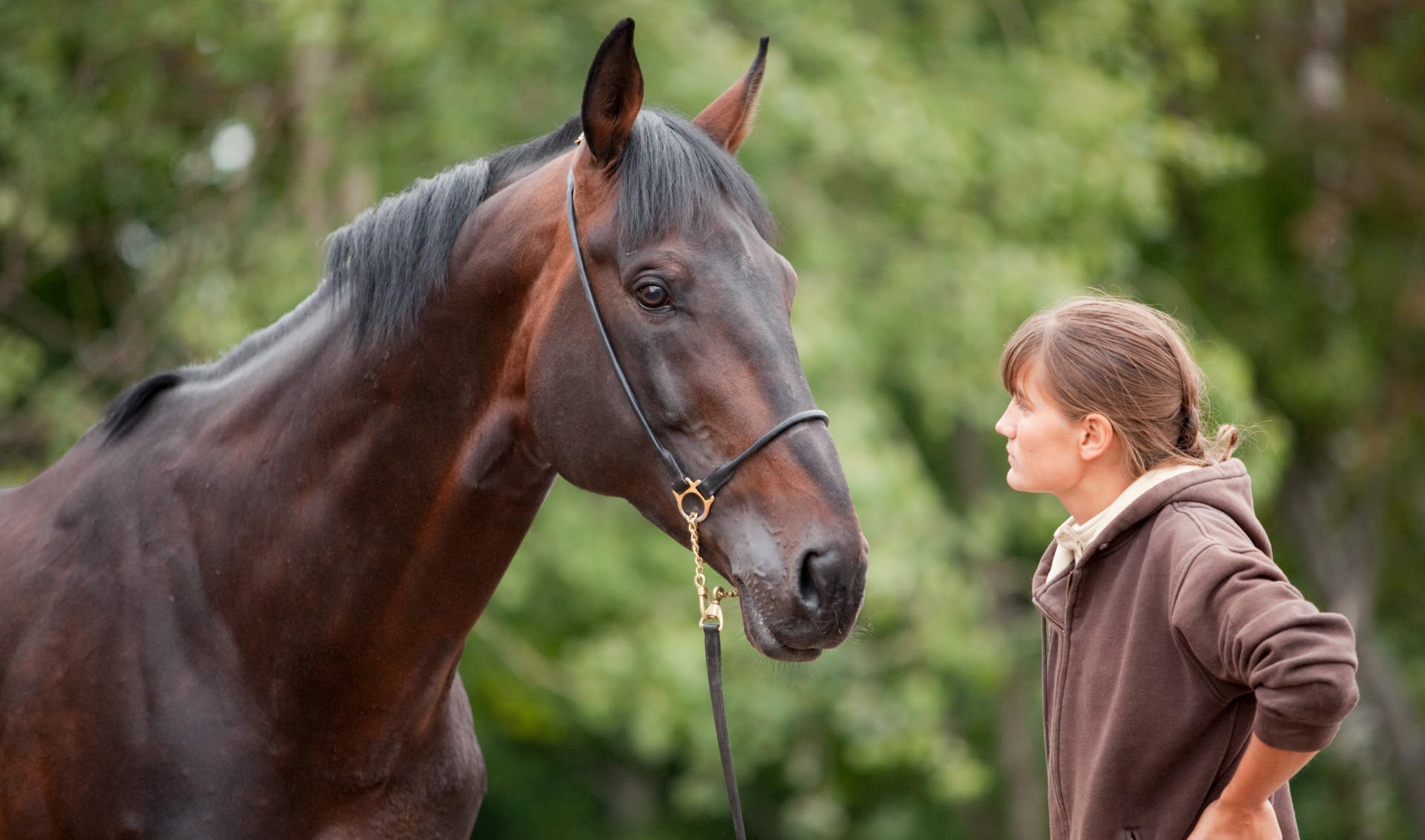Decoding horse behavior and understanding equine communication can greatly improve the quality of interaction between you and your horse. It’s crucial for establishing trust, enhancing safety, and fostering a strong bond. In this in-depth guide, we’ll explore various aspects of equine behavior, body language, vocalizations, and practical tips for positive interaction.
Why is Understanding Equine Behavior Important?
- Safety: Knowing when a horse is stressed or uncomfortable can prevent accidents.
- Training: Easier to train horses when you understand their communication cues.
- Well-being: Insights into horse behavior help ensure your horse is happy and healthy.
Common Horse Behaviors
Grazing
- It’s a natural behavior, and withholding grazing can lead to stress.
Social Grooming
- Mutual grooming strengthens social bonds among horses.
Rolling
- Helps the horse to relax and may act as a form of self-massage.
Pawing
- Usually indicates restlessness or impatience.
Understanding Horse Body Language
Eyes
- Wide-open eyes usually signal alertness or fear, while half-closed eyes often indicate relaxation or sleepiness.
Ears
- Forward ears suggest interest, while pinned back ears are a sign of annoyance or aggression.
Tail
- A raised tail can signify excitement or arousal, whereas a clamped tail can indicate fear or discomfort.
Hooves and Legs
- Stomping or pawing often suggests irritation or the presence of flies.
Vocalizations
Whinny
- A social call that can mean different things based on tone and context.
Snort
- Typically indicates alertness or curiosity.
Nickering
- A soft, friendly noise often made when a horse is content or seeking attention.
Squeal
- A high-pitched sound usually indicating anger or distress.
Practical Tips for Positive Interaction
- Approach Calmly: Sudden movements can startle a horse.
- Maintain Safe Distances: Never stand directly behind a horse.
- Use Consistent Cues: Be consistent with your vocal cues and body language.
Dealing with Challenging Behaviors
- Biting and Nipping: Often a sign of dominance or irritation. Needs to be corrected immediately.
- Kicking: Indicates irritation or fear and is a dangerous behavior that should be addressed.
- Bucking: Can be caused by discomfort, excitement, or resistance to training.
Common Mistakes to Avoid
- Ignoring Warning Signs: Failing to notice or heed a horse’s signals can lead to accidents.
- Inconsistent Training: Inconsistent cues can confuse the horse.
- Over-Penalization: Excessive punishment can break the horse’s spirit and lead to fear.
When to Seek Professional Help
- Aggression: If a horse is consistently aggressive despite attempts at behavior modification.
- Anxiety: Uncontrollable anxiety or fear behaviors that could endanger the horse or handlers.
- Training Issues: When conventional training methods don’t seem to be effective.
Conclusion
Understanding equine behavior is a fascinating and essential aspect of horse care. It requires careful observation, experience, and sometimes even professional guidance. By becoming adept at reading your horse’s vocalizations and body language, you can create a safer, more enriching environment for both you and your equine companion.
